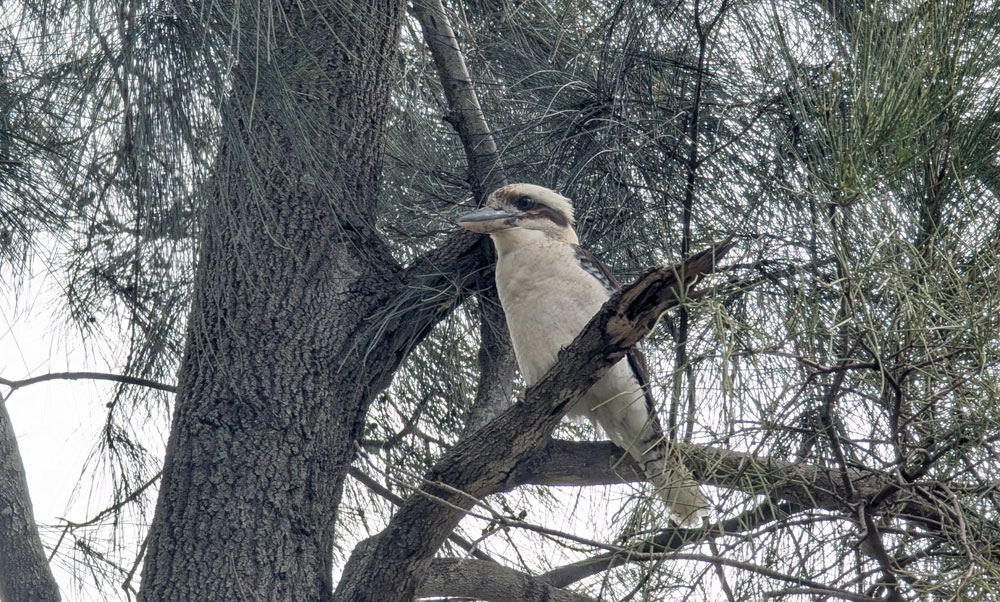A healthy garden isn’t just about neat hedges or a green lawn — it’s about life. Biodiversity means having a variety of living things sharing the same space: plants, insects, birds, reptiles, fungi and even microbes in the soil. The more diverse your garden is, the more resilient it becomes to pests, droughts and changes in the weather. In Australia’s cities and suburbs, every backyard plays a role in supporting local biodiversity — and it’s easier than you might think to see how yours stacks up.
What does backyard biodiversity look like?
Backyard biodiversity means your garden acts like a mini patch of bushland, with different habitats all working together. Dense shrubs and layered plants provide shelter for small birds. Flowering species feed native bees and butterflies. Trees, shrubs and groundcovers create levels where animals can forage, nest and hide. Rocks, logs and leaf litter become micro-habitats for skinks, beetles and other tiny critters. And a pond — even a tiny one — adds valuable habitat for frogs, dragonflies and other water-loving species. Together, these elements make your backyard feel alive and support nature all year round.
How to measure your garden’s biodiversity
There’s no exact score, but there are clear signs. Look at how many different types of plants you have — especially local native species that feed local insects and birds. Watch who visits. Native bees, butterflies, skinks, frogs, small reptiles and a variety of birds are all great indicators. Try a seasonal count to see how things change — keep a notebook or use a free app like iNaturalist to record what you spot. A garden that buzzes and flutters with life at different times of year is a garden that’s working well for local biodiversity.
How to boost your backyard biodiversity
Start by planting more local native species that suit your soil and climate. They’ll naturally attract insects, which in turn support birds and small reptiles. Think in layers — include trees, mid-storey shrubs and low groundcovers to create shelter for different creatures. Leave a few logs, rocks or piles of leaf litter so wildlife has places to hide.
Adding a pond is one of the best ways to lift your garden’s biodiversity. A shallow pond or boggy area creates breeding habitat for native frogs, dragonflies and other insects. Frogs help manage insect pests and feed larger wildlife. Even a small water feature surrounded by sedges and native grasses makes a big difference. If you already have a pond, resist the urge to tidy it too much — frogs and insects need plants, logs and rocks for cover.
How you mow your lawn also affects biodiversity. Instead of cutting everything short, try mowing paths or patches through your grass. Leaving some sections longer lets wildflowers bloom and gives insects and small reptiles shelter. Mowing less often or in patterns supports ground-nesting bees and butterflies. If you can, use an electric or push mower and mow when birds aren’t nesting on the ground.
The best thing about biodiversity is that you don’t need perfection. Nature loves a bit of mess and variety. A garden buzzing, chirping and rustling with life is one of the clearest signs that you’re giving something back to the local landscape — one backyard at a time.
Gardening Australia — search “habitat garden” at www.abc.net.au/gardening
Australian Museum — Attracting frogs to your garden: australian.museum/learn/animals/frogs
iNaturalist Australia — Free app: inaturalist.ala.org.au
